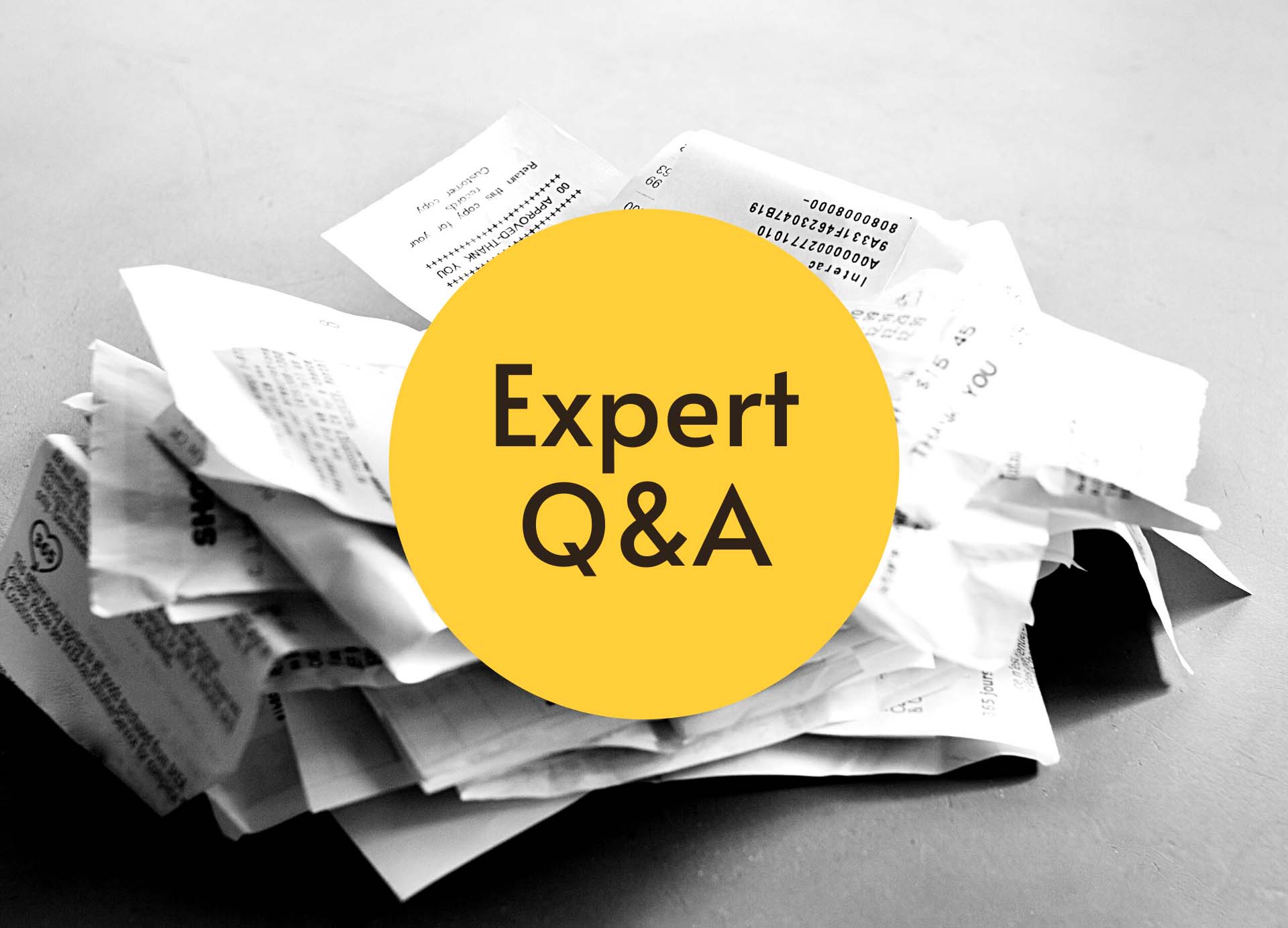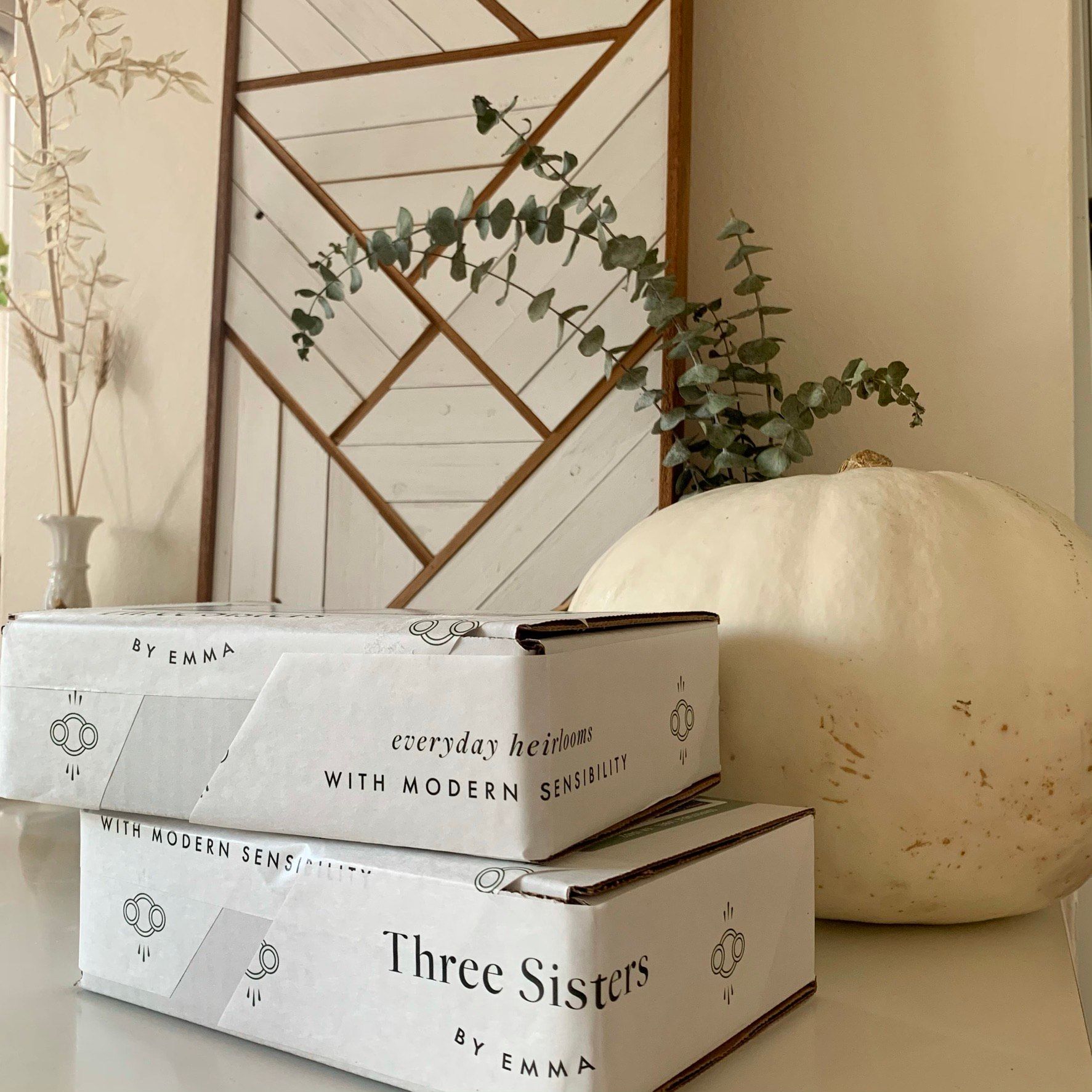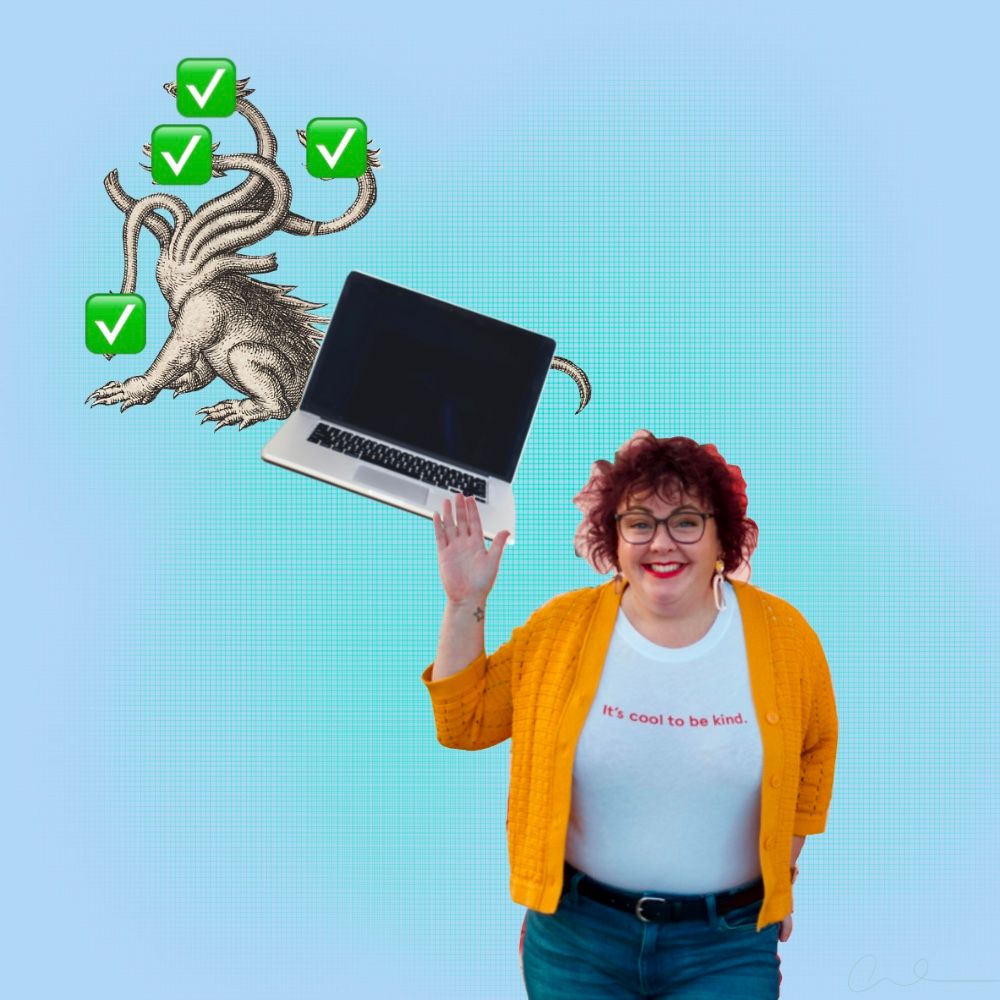Don’t know a deduction from an expense from a writeoff? That’s okay, because they’re all the same thing. What matters is that you know what counts as one and how to keep a record of it. One Workshop member recently asked us: What is a tax writeoff and why does it matter? We chatted with Canadian bookkeeper Jayne Dykstra of Zetique Bookkeeping for her advice.
Workshop: What’s a tax writeoff? Why does it matter?
Jayne Dykstra: When you run your own business — especially if you're a sole proprietor, but also if you’re a partnership or incorporated — your income is your top line, that's the amount of money that you make. Then from that you subtract all of the expenses of your business, which are what we call the tax writeoffs. Those two terms — expenses and tax writeoffs — are synonymous. The reason it's called a tax writeoff is because you take the top line, you subtract your expenses, and your bottom line is what you pay tax on. You want that bottom line to be as low as possible because the lower it is, the less tax you pay.
The number one problem I see with bookkeeping, especially with people doing their own bookkeeping, is that they say, “I made X amount of dollars,” say $50,000, and then they pay tax on $50,000 instead of calculating against that $50,000 all the tax writeoffs, all the expenses that go against the $50,000. It's a big mistake.
And then if you don't know what you can write off, then people may over or under expense.
So a tax writeoff is an expense that goes against your income to lower your bottom line. And the categories for any business are generally the same. You have things like advertising, office expenses, your telephone lines, entertainment if you're trying to get clients, bank service charges — those are general categories that basically every business has. [These are some of the categories on Canada Revenue Agency’s T2125 form, the Statement of Business or Professional Activities, that businesses fill out when filing taxes.]
And then you get into specific businesses. For me [as a bookkeeper], it would be hard to justify writing off 10 pairs of scissors, but for [a quilter] that would be a really easy thing because you can say, this is my equipment that I need in my office in order to actually do my job. As a crafter, you’re looking at: what are the specific pieces of equipment, the specific furniture that I need in order to do my job? Maybe it’s a drafting table, or a special type of stool or a sewing machine. You want to make sure that the business is paying for them, not you personally.
Then you have what they call the cost of goods. That’s a different category. Those are the things that you're using as a cost of your sale. [For example, for a jewellery maker, it would be the fastenings, the beads, the wire.] The physical things you use to make the product.
If you buy something that is more expensive, you might have to claim it as an asset and write it off over time. For example, a sewing machine. Just like a car, it depreciates over time, so what you do is you write off a piece of it over time. There are different CRA categories for different types of equipment, all with different depreciation values. [A bookkeeper or accountant can help you with this.]
You want to be careful with the cost of goods, because that is a separate category from your expenses. The reason it's different is because it's the materials, the products that you use to make your craft. So when you come to the year-end, what you have left over is inventory.
W: Let’s talk about tracking expenses. From what you’ve said, I gather that it's important to track costs of goods separately than other types of expenses. Can you elaborate on how to track things? What do you need to be tracking?
If you're ever asked [by the Canada Revenue Agency], it is up to you to provide the receipts and the invoices to back up your numbers.
JD: The way you track is completely up to you. The only thing you have to remember with tracking is that if you're ever asked [by the Canada Revenue Agency], it is up to you to provide the receipts and the invoices to back up your numbers.
The key to tracking is to figure out a system that works for you, where you can keep everything in one place. You can set up file folders and have all the different categories, or just throw it all together. I always suggest to clients: Put a box on your desk, put an envelope in your car — every time you get a work receipt, write on it what it was for, then chuck it in one of those places. Then you have everything and at year-end, you put it all together in an envelope, you write the year on it, and stick it into a closet. For seven years, you have to keep it. And then if you're ever audited, you pull it out.
The same goes for digital files. You don't have to print every single digital invoice that you've ever received. Put a folder on your desktop, or in your email, label it “2021 invoices” and just put everything into that folder. Keep it all together in case you get audited. Though the likelihood of getting audited is really low.
The other thing I suggest is to set up a separate bank account for your business and a separate credit card. If I know anything about small business owners, it's that we all have an extremely long to-do list. And the thing that we hate the most always gets pushed to the bottom of the list. As much as it pains me to say this, that's usually bookkeeping. Then comes April 15 and you sit down and start looking through all of your stuff, and it's scattered all over the place. You can't remember: Last March did I go to Staples to buy pens for my business? Or did I go to Staples because my kid needed school supplies? Sorting that out is such a nightmare and that's how you miss a whole bunch of expenses — tax writeoffs, tax deductions — that you could have used.
So do something simple, like get a second credit card, put a sticker on it so you know that's your business one, then every time you buy something for the business, you put it on the business credit card. It doesn't even have to be a “business” credit card, just a credit card that you dedicate to business purchases. Then come April 15, all you have to do is print out your credit card statements and go through and categorize everything.
And don't use cash. Cash receipts are the ones we lose and then you forget that you ever [made that purchase] and you have no backup and no way of remembering how much you spent. Just don't use cash for business purposes.
W: Would you recommend specific software, or is it totally personal preference?
JD: The thing about software and spreadsheets is that they're only as good as the user. QuickBooks, Wave, FreshBooks, Xero — all those companies say, “It does it for you. It pulls all the information!” It's still up to you to categorize it. So if you don't go in and do all of the categorization and pull up the HST and make sure that things are done correctly, then it can be a big mess.
Whatever works for you, is what you need to do. Like, you could write it all out on a napkin. As long as you can back it up and prove it, then use your napkin method. Some people like a spreadsheet; that's fine, use a spreadsheet, just make sure your decimals are in the right spot and don't add extra zeros. Or use QuickBooks Online or Wave, but make sure you're doing it correctly, because it's not doing it for you.
W: Besides the main categories that the CRA outlines, what are some other categories that might be particular to craft businesses?
JD: The cost of goods is all your materials for whatever you're doing. If you're quilting, you need your batting and other materials. Then your equipment for making the quilts. Those are going to be very specific to your business. Then there are the smaller pieces of equipment that you can write off as a tax deduction — things like rulers, needles. Those things break and you buy new ones on a regular basis; you're not investing in a needle and expecting it to last for the next 20 years. The bigger equipment you would need to write off over time.
So there are the specific things that you need in order to do your craft, and then things like your website, professional photos of your pieces — those kinds of expenses, I lump them under advertising. If you hire somebody to help you, you want to make sure that you put that into your expenses because you're paying them for your business, not for you personally. Bank service charges, the cost of services like Stripe, Square or PayPal.
For example, you charge your client $100, PayPal is going to take $5, let's say, and only give you $95. The correct way to record that is to say you got $100 of income and paid $5 bank fees, not that you made $95.
Other expenses could be professional fees, like if you've hired a lawyer to write up a contract or a consultant or a coach. Membership fees and dues for paid groups where you're meeting other entrepreneurs. [Like a membership to Workshop Magazine!] Eventbrite, if you go to conferences. For in-person events, your parking for that, your entrance ticket. And if you sell at markets, the fees for your market stands, any decorations for your stand, your backdrop, the lights. Shipping is a huge one.
You want to make sure that's all recorded in your bookkeeping.
W: Are there any categories or items that you see people trying to write off that they really shouldn't be?
JD: Hair and makeup and clothing and coffees are big ones. There are certain circumstances where you can write off hair and makeup; if you're a blogger, for example, and you're constantly in front of people, doing TV spots and those kinds of things, you can get a blowout and write that off to the business. That's not a problem. But if you're just taking selfies all the time, there's a difference there. You want to be careful about that. How much of it is used in a way that is promotional? There's a fine line.
People tend to think that if they go and sit in a coffee shop and buy themselves a coffee and they're working, that the coffee is a work expense. But it's not.
And coffees are a big one. People tend to think that if they go and sit in a coffee shop and buy themselves a coffee and they're working, that the coffee is a work expense. But it's not a business expense. The only time you can write off coffee — and the CRA is very, very clear about this — is if you are buying someone a coffee in the hope of getting business from them. So you can take somebody out for dinner or for a coffee if you are in this relationship where you want them to be your client. And then you can only claim 50 percent of whatever the two of you eat, because the CRA says you need to eat and drink anyway. You can buy it for someone else, but you can't buy it for yourself. And then also, if you're selling someone a $20 item, don't take them out for oysters and champagne.
The same with clothing. You can't write off your clothes. However, if you're a clown, that's a very different thing, because you have to wear a very specific type of outfit that you would never wear anywhere else for your business. Like, I [as a bookkeeper] would never get away with writing off my clothing even though I do Facebook Lives on a weekly basis.
W: Can we talk a little bit about home office expenses, since a lot of crafters work at home?
JD: There’s a very specific formula for your home office. You can look it up on the CRA website, but it's along these lines: the amount of space in your house that you use. If it's 100 percent dedicated to your business, then you can write that percentage off of all of your expenses from your house. If you're working at your kitchen table, and you eat breakfast there, then you bring all your stuff out and you work all day, and then you clean it all up, and then you have dinner there in the evening and it becomes your game table, then you have to take into calculation the amount of hours that it's used.
You want to avoid writing off the assets of your house, because then you have to pay capital gains tax on it later. So you don't want to write off the actual mortgage or the amount of principal payments that you paid. But you can write off the interest, you can write off the utilities, you can write off the cleaning person, you can write off the lawn care if you have people coming to your house. You figure out the percentage, and then you apply that to everything that goes through your house.
Now, if you have shelves on the wall, for example, things that you bought specifically for your office, that's different. Those are actually in your office, they're only used for work. Those are 100 percent a tax deduction. But things like electricity have to be deducted at whatever percentage [you’ve determined is used for your business].
The same if you rent. Let's say you're renting a house and you pay $3,000 per month in rent. Then whatever percentage of your house [is used for business], you take that percentage of the rent [and deduct it as a business expense]. So it doesn't matter if you own or you rent, it's the same calculation.
The same for telephone. For my clients, I write off 80 percent of cell phone bills. Nine to five is usually the part of the day when you're on the phone with your potential clients, with people calling with inquiries. So that's the percentage I do for that.
W: And this is important so you don't pay more tax than you have to?
JD: It’s as simple as that. As sole proprietors, as people who own their own businesses, as entrepreneurs and self-employed people, especially if you're not incorporated, then whatever you're claiming is income. You're likely paying something like 20 to 30 percent of that as taxes. So if you make $100,000, and you claim $100,000 as income, you're going to pay $30,000 for income taxes.
But if you made $100,000, and it costs you $50,000 to run your business — to buy all of the supplies that you need in order to do your craft, to buy your equipment — you should only be claiming $50,000 of income and paying the appropriate taxes on that. You really want to make sure that you have all of those ducks in a row because ultimately it does affect your bank balance.
Jayne Dykstra is the founder of Zetique, a digital bookkeeping company focused on equipping small to medium sized companies with the tools to financially understand their business and be better positioned for success. As a female leader in the online finances space, Jayne is a teacher-turned-bookkeeper whose mission is to empower small business owners and entrepreneurs to understand their finances — and she is extremely passionate about sharing her wealth of knowledge with others. You can join her online in her Fearless Finances Facebook group to access her weekly bookkeeping tips and tricks.
Submitting questions to our experts is one of the perks of being a paid Workshop member. Why not check out our membership plans? If you’re already part of the community, send your questions via our ask the experts submission form.
Photo by Curtis Saretske







